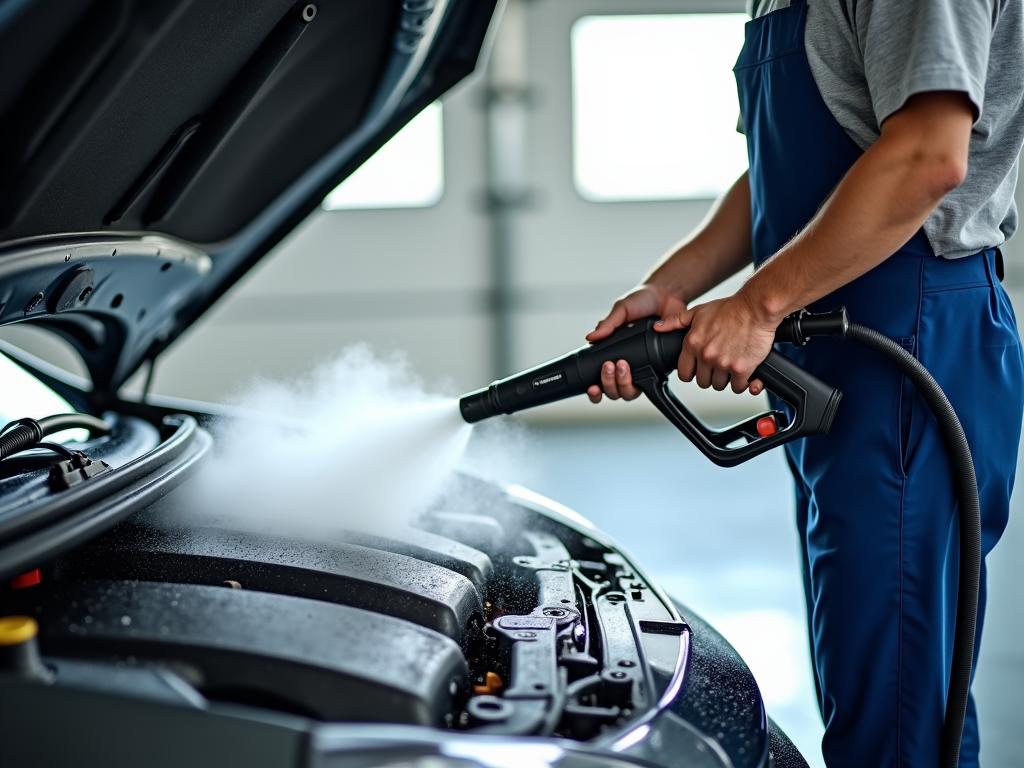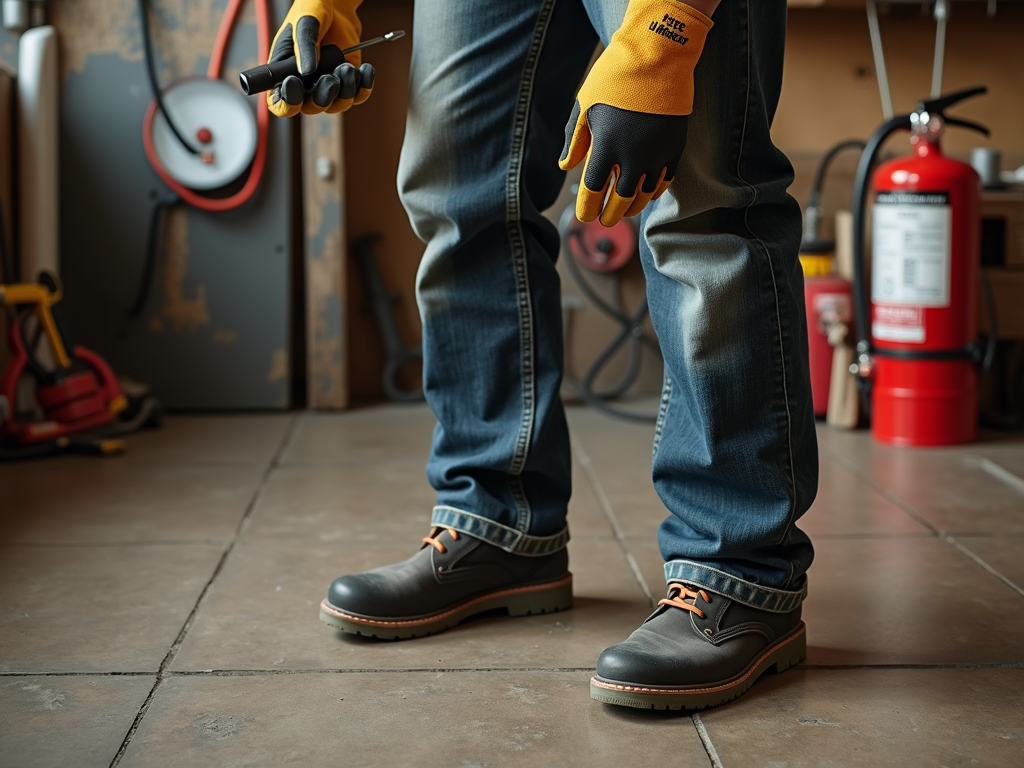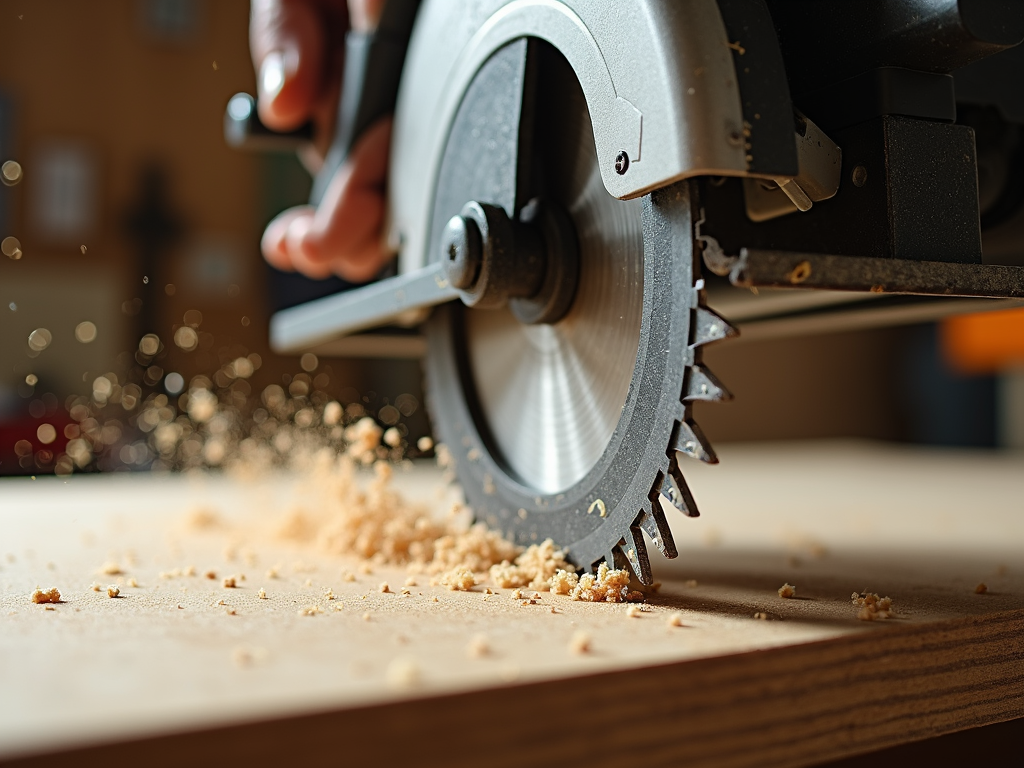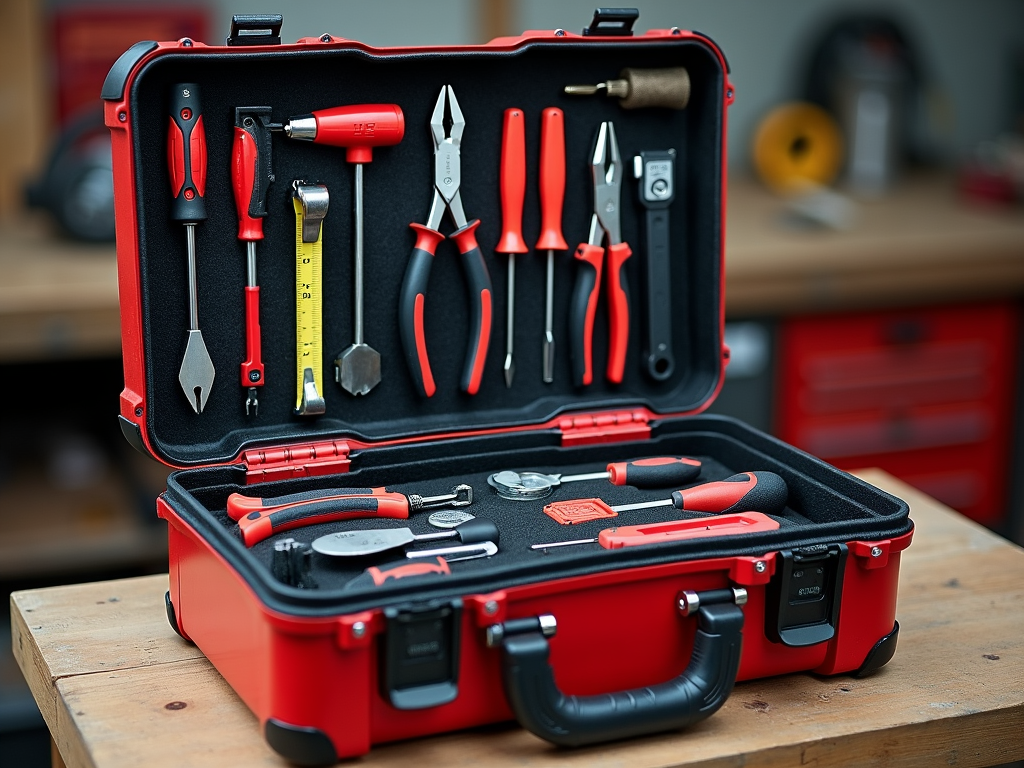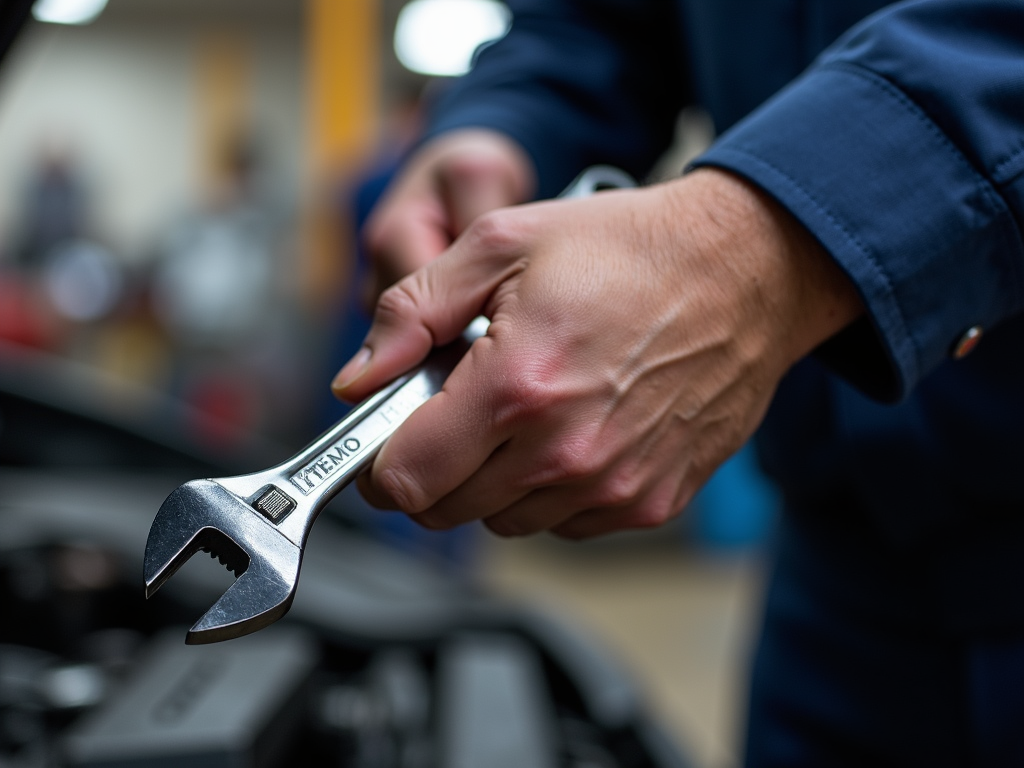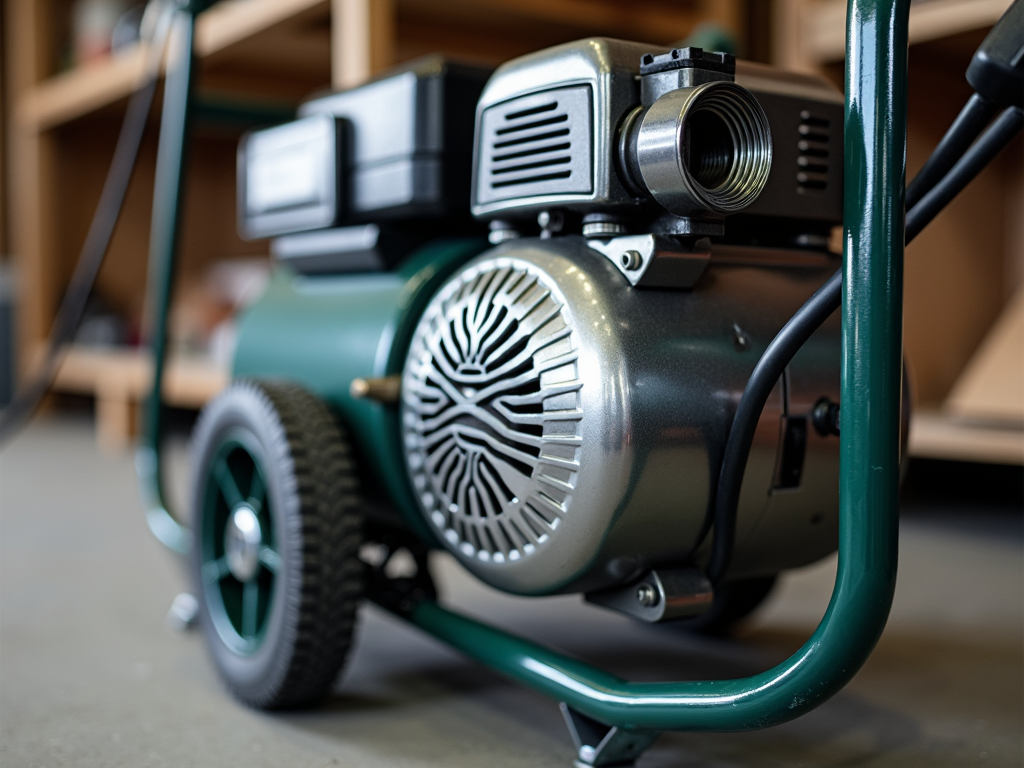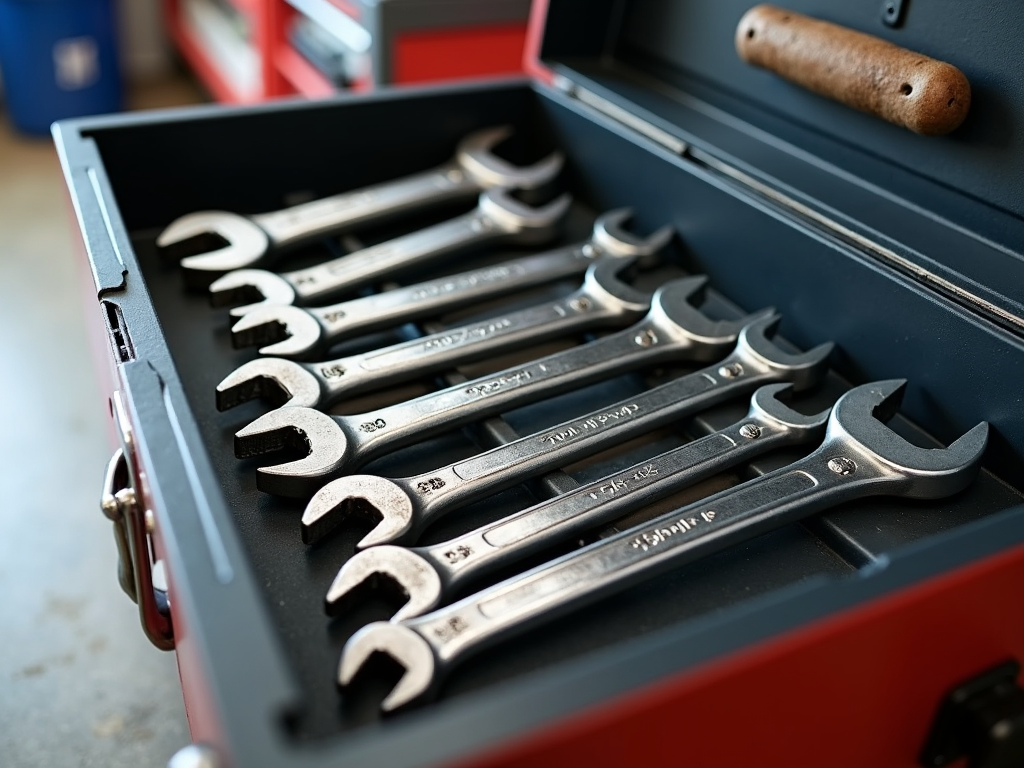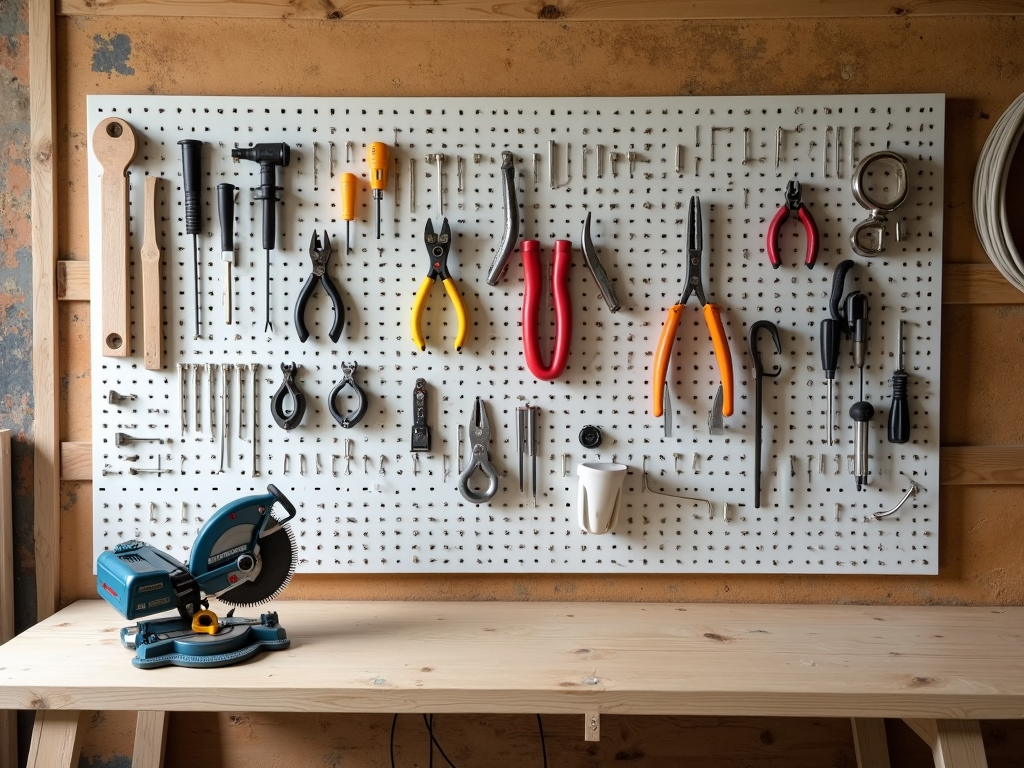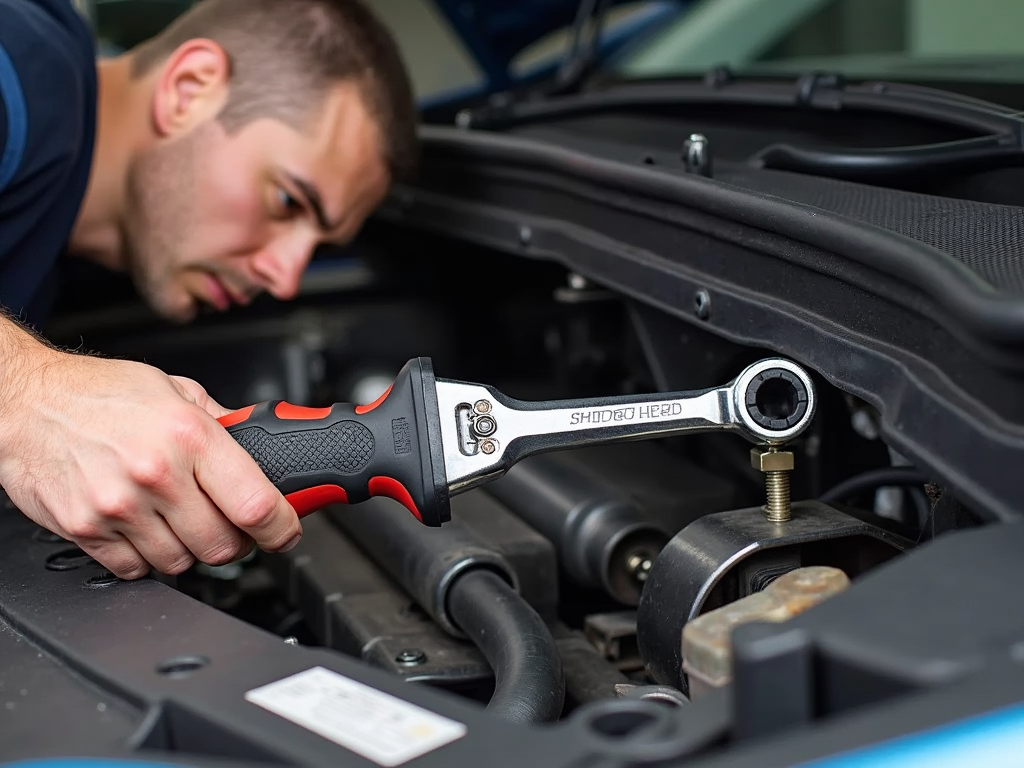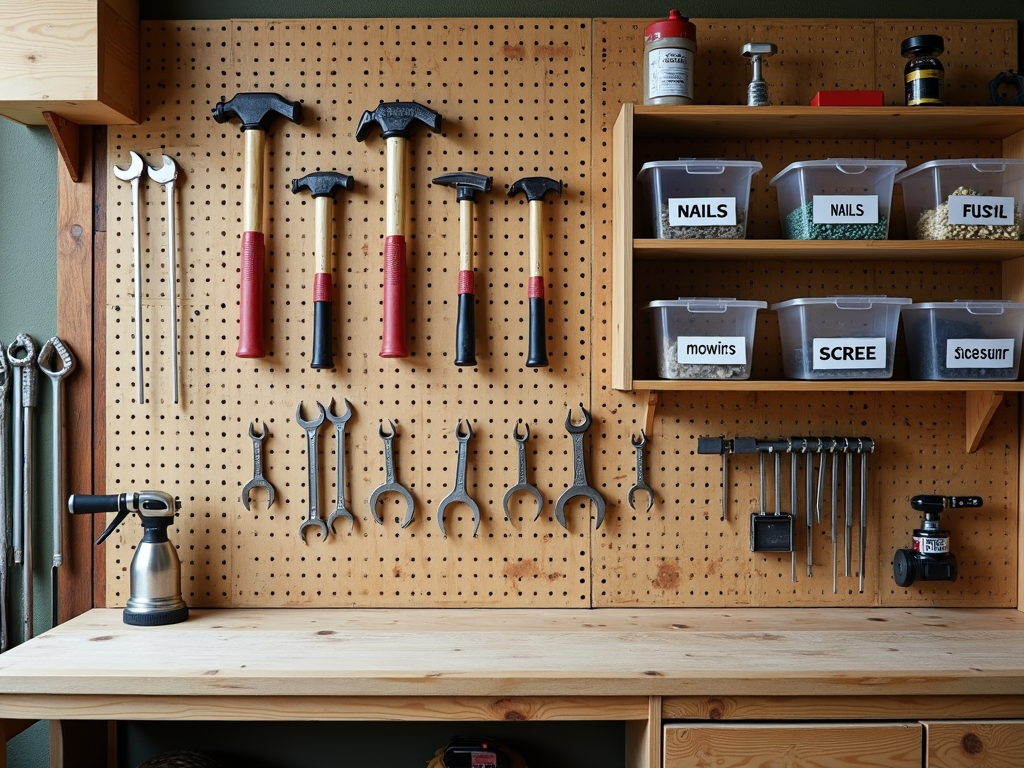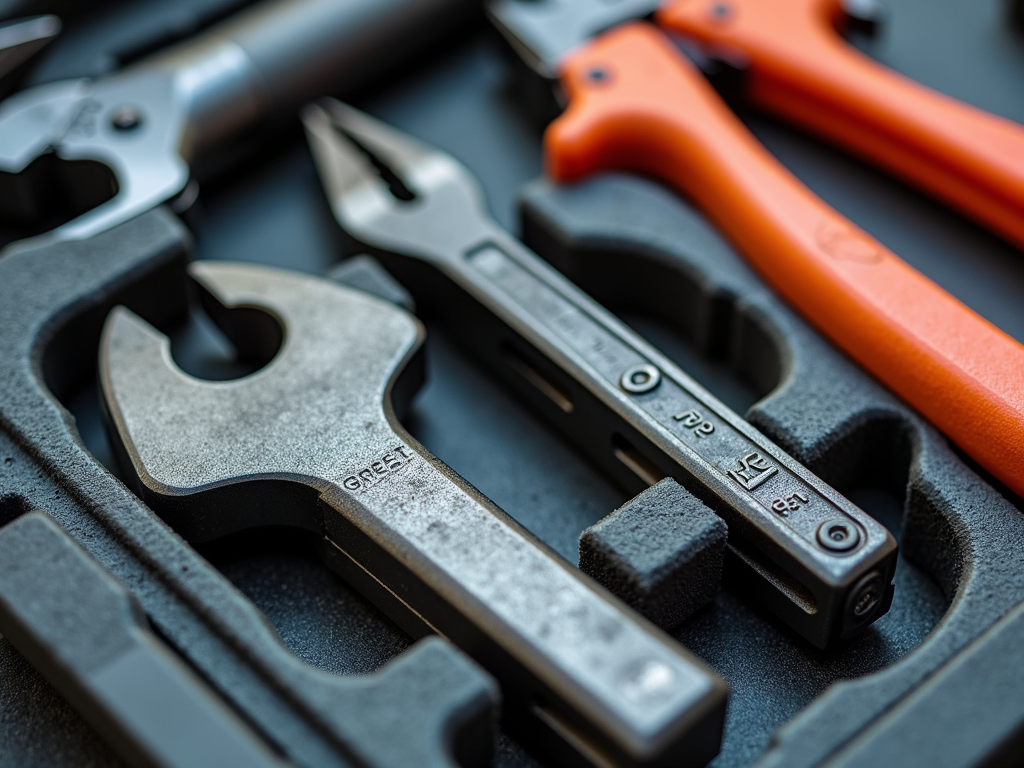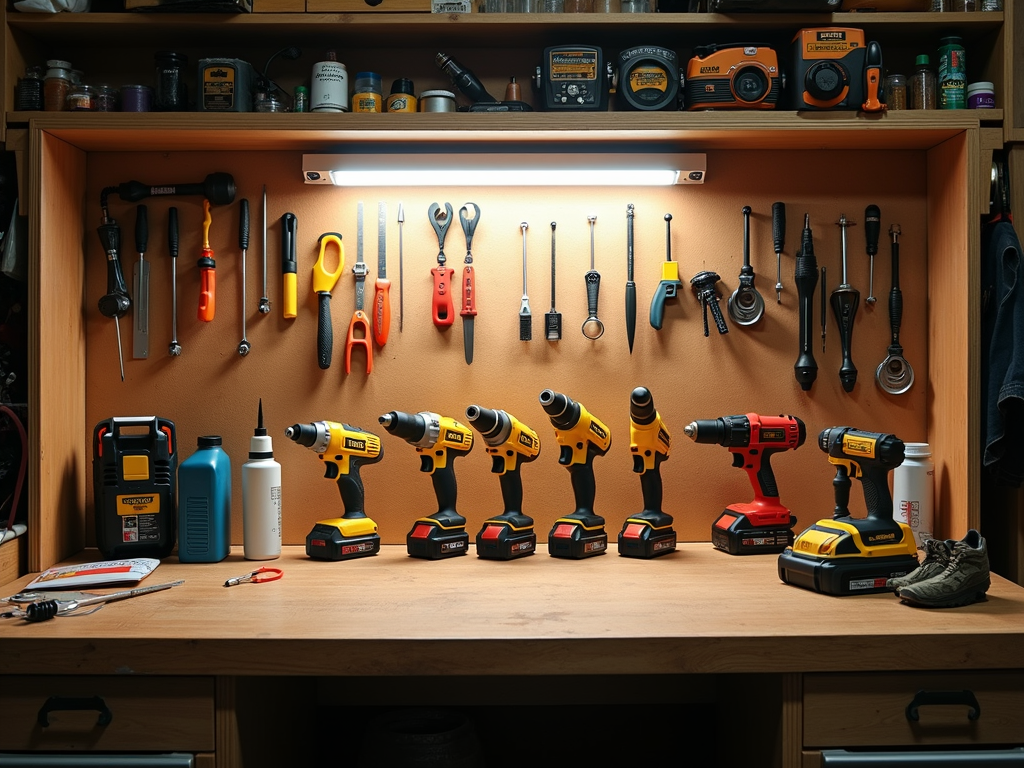Proper tool care is crucial for safety in construction and DIY projects. This article explores why maintaining your tools can prevent accidents and injuries, and provides practical tips for keeping your tools in top condition.
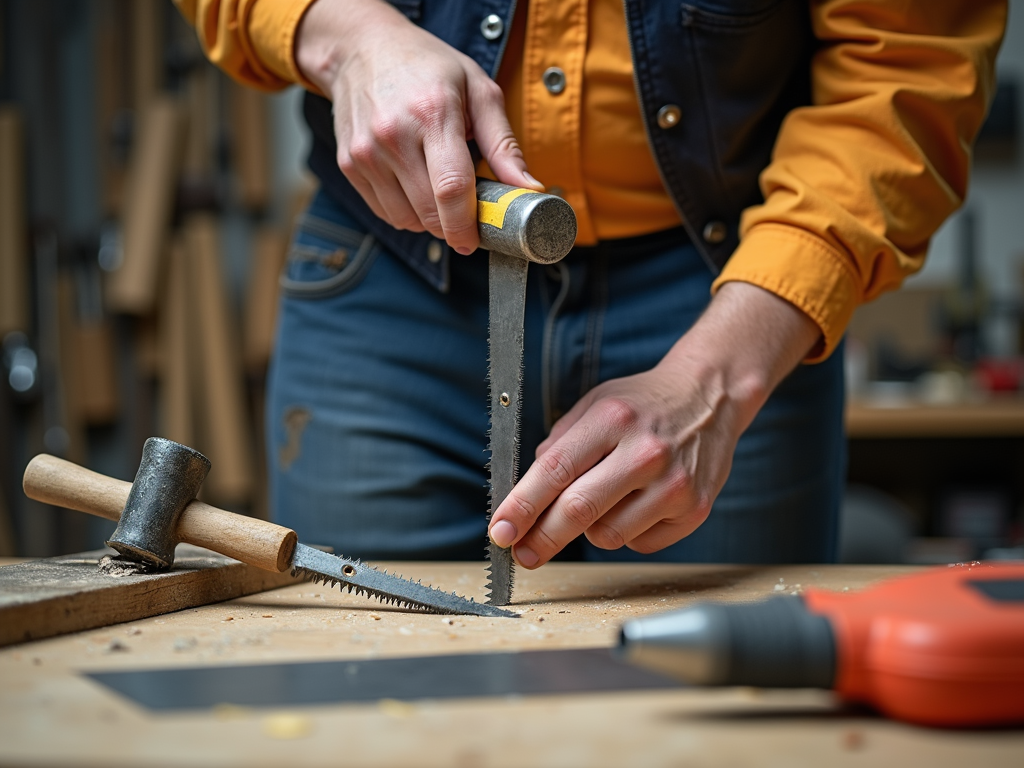
The Risks of Poor Tool Maintenance
Imagine you’re on a construction site, hammering a nail. Suddenly, the hammerhead flies off and hits someone nearby. Or picture using a saw that jams and kicks back, cutting your hand. These aren’t just scary stories—they happen when tools aren’t cared for.
Poorly maintained tools create real dangers, like:
- Malfunctions: Broken tools can fail when you need them most.
- Reduced control: Worn tools slip or stick, making them risky to use.
- Increased fatigue: Bad tools take more effort, tiring you out and raising accident risks.
The Occupational Safety and Health Administration (OSHA) found that neglected tools contribute to many workplace injuries. Keeping them in good shape isn’t just smart—it’s a safety must.
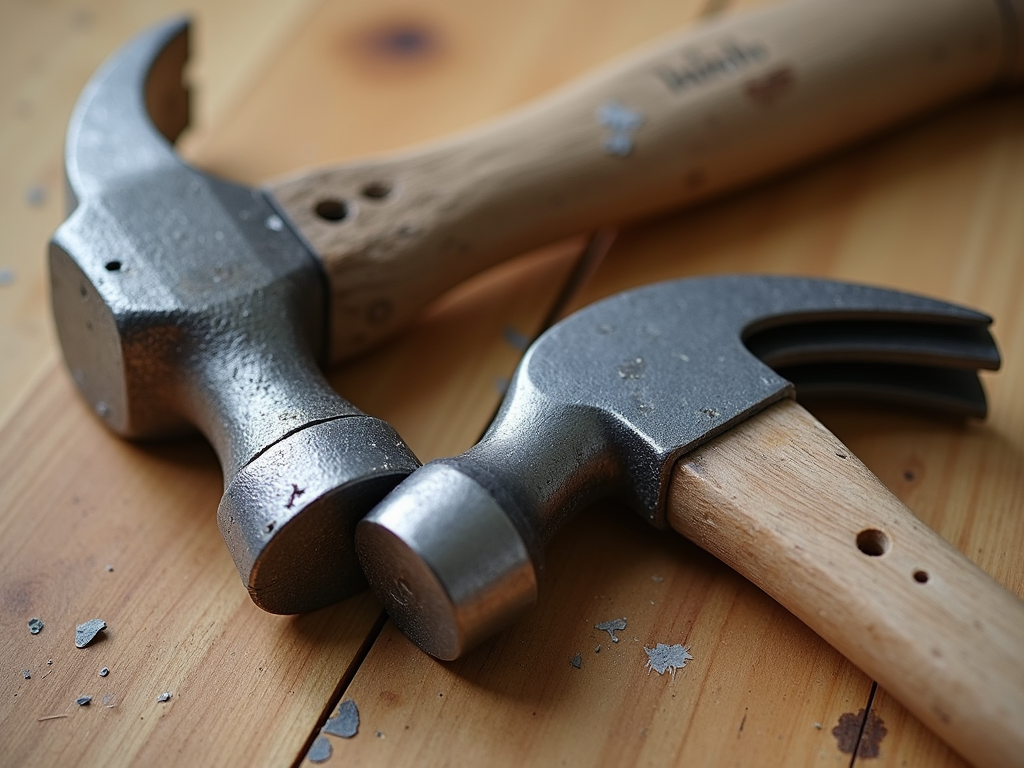
Essential Safety Tips for Construction Workers
Safety starts with how you handle your tools. Here are some key tips to stay safe:
- Check tools before use: Look for cracks, loose parts, or wear every time.
- Clean after every job: Wipe off dirt and moisture to stop rust and damage.
- Store them right: Keep tools in a dry, safe spot away from kids or thieves.
- Match the tool to the task: Don’t force a screwdriver to pry—use the right gear.
- Gear up: Wear gloves, safety glasses, or whatever fits the job.
These steps cut down risks fast. The Construction Safety Council has more great advice for staying safe on-site.
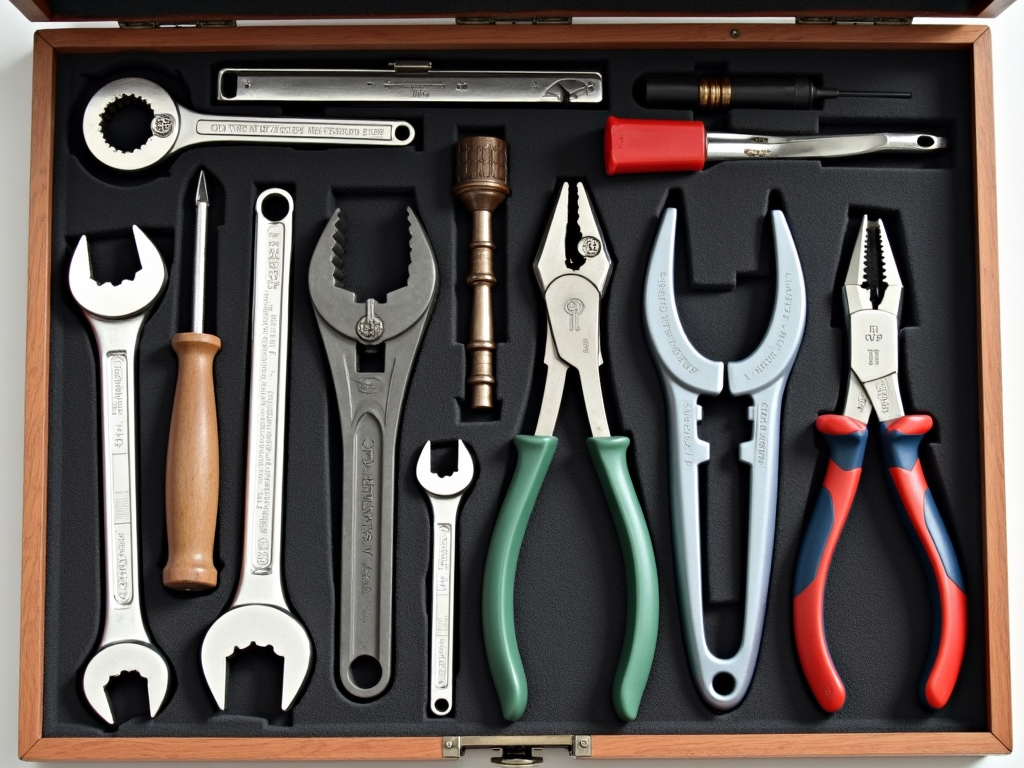
Maintenance Tips for Workman Tools
Every tool needs its own care. Here’s how to keep common workman tools safe and ready:
| Tool Type | Maintenance Tips |
|---|---|
| Hammers | Check for handle cracks; secure the head tight. |
| Saws | Sharpen the blade; clean off dust and sap. |
| Drills | Inspect the chuck and bits; replace worn parts. |
| Wrenches | Clear debris from jaws; oil moving parts lightly. |
| Screwdrivers | Keep tips sharp; clean off grime to avoid slips. |
A little effort goes a long way. For more, see Tool Maintenance 101 from tool pros.
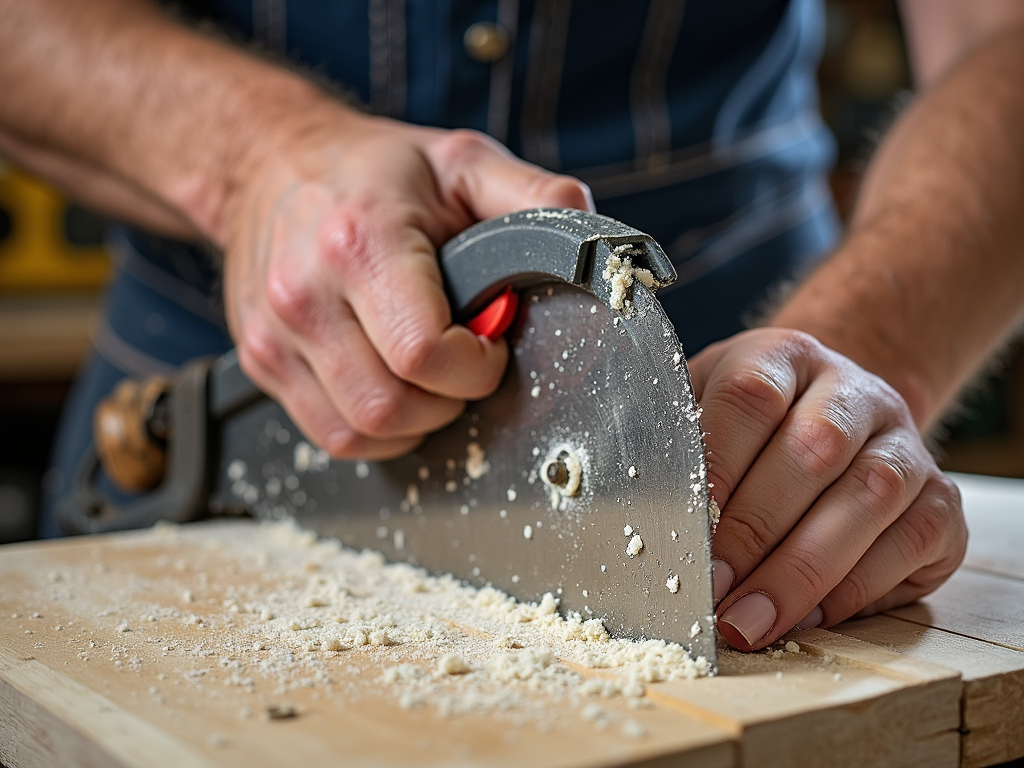
The Role of Construction Tools in Safety
Construction tools get the job done, but they’re only as safe as you make them. Good care means:
- Fewer accidents: Tools that work right don’t surprise you with failures.
- Better work: Sharp, clean tools take less muscle and time.
- Longer life: Maintained tools don’t need replacing as often.
I once saw a coworker dodge a flying wrench head because it wasn’t checked. That’s a lesson I won’t forget. The International Association of Construction Workers says tool care can cut accidents by 30%. It’s simple: safe tools, safe crew.
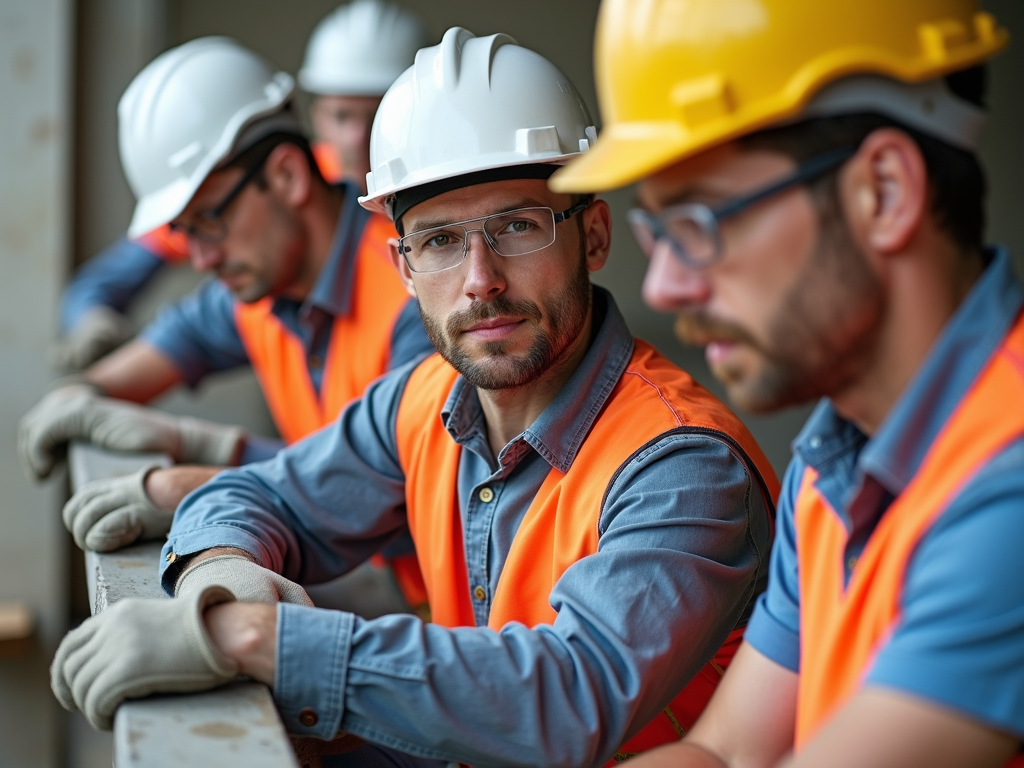
Conclusion
Tool care isn’t extra work—it’s your safety net. Regular checks, cleaning, and smart storage stop accidents before they start. Use the right tool, wear your gear, and keep everyone safe. Want more tips? Check out the readings below.
Related Why Tool Care Keeps You Safe:
- Power Tools for Automotive Repair: A Comprehensive Guide
- Electrical Safety Tips for DIY Enthusiasts: A Comprehensive Guide
- The Ultimate Guide to Home Improvement Tools
- Top Hand Tools for Beginner Mechanics: A Comprehensive Guide
- Best Wrenches for Mechanics: A Comprehensive Guide
- Understanding Power Washer Components for Better Performance: A Comprehensive Guide
- Rust Prevention 101: Protecting Your Metal Tools
- How to Maintain Your Hand Tools for Longevity
- The Best Ratcheting Wrenches for Fast Repairs: A Comprehensive Guide
- How to Organize Your Workshop for Maximum Efficiency
- Tool Maintenance Tips for Longevity: Essential Guide for Workman Tools
- Safety Tips for Using Power Tools: A Comprehensive Guide
